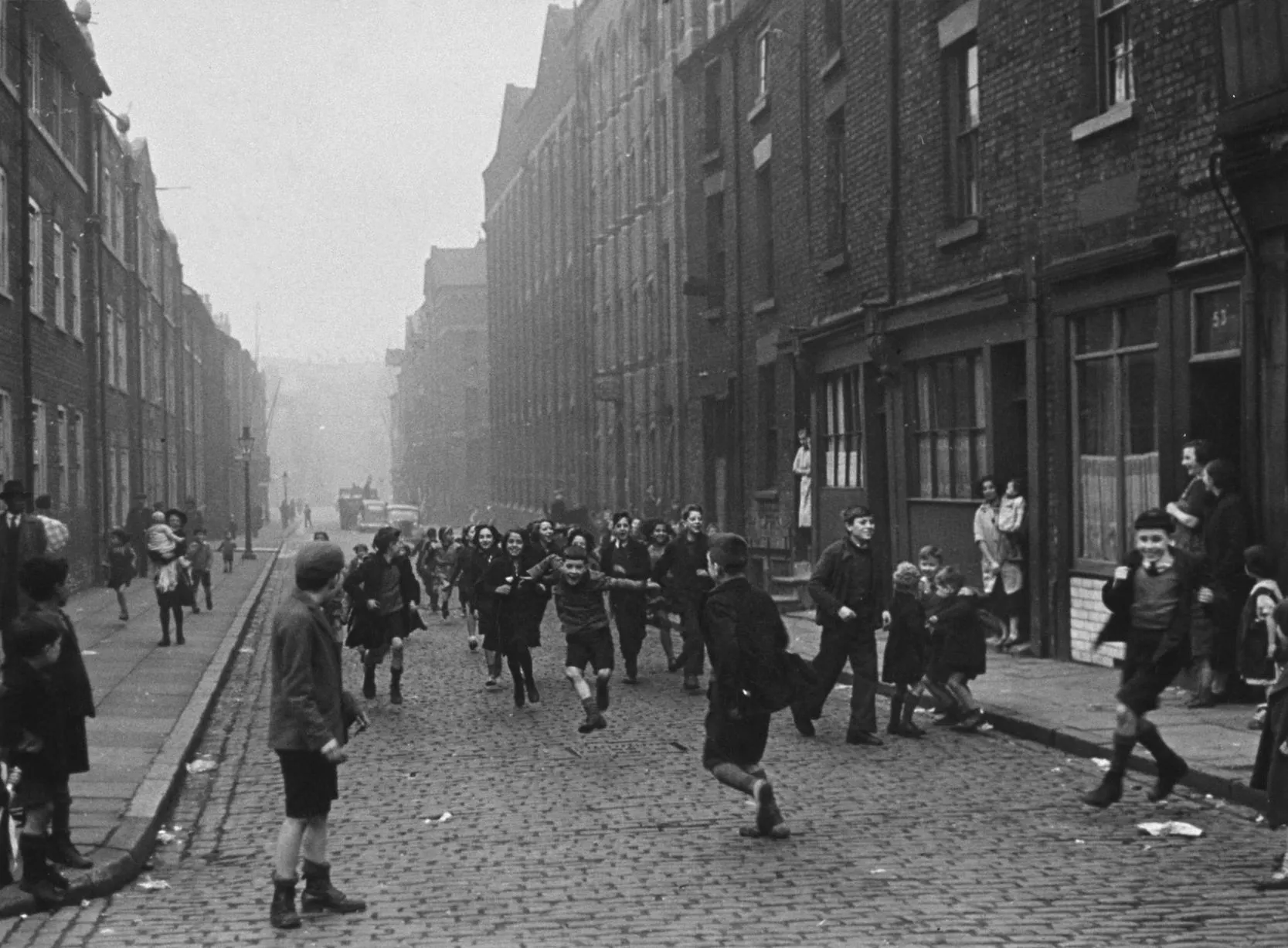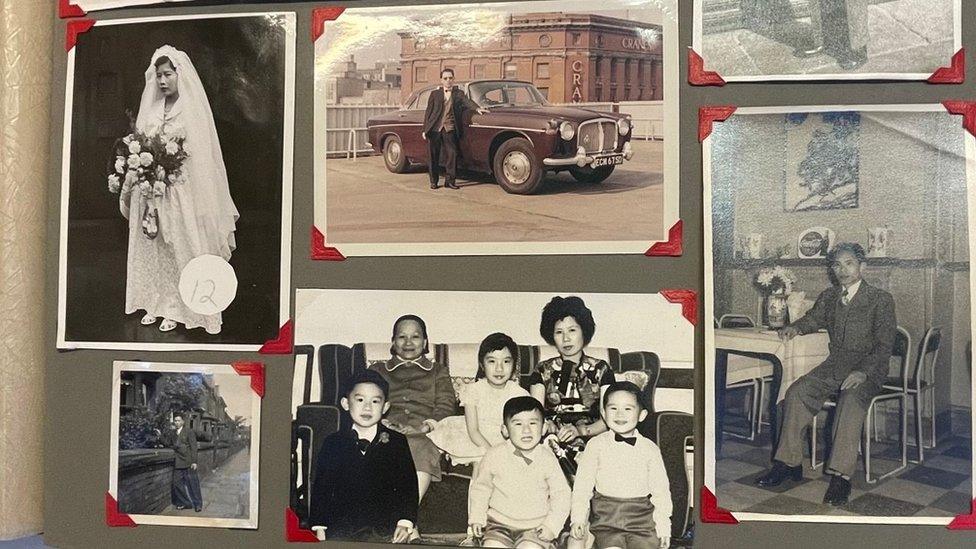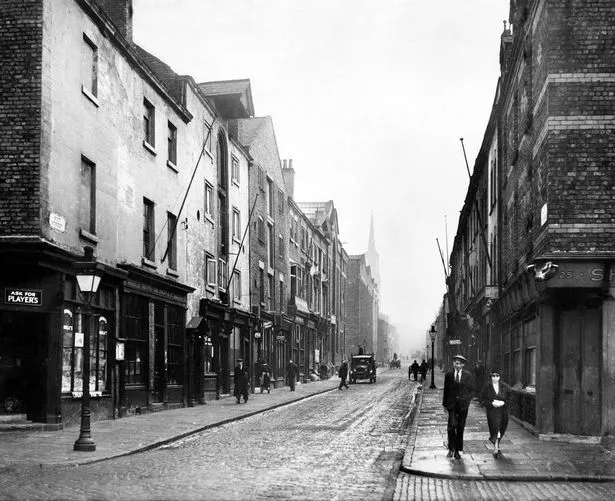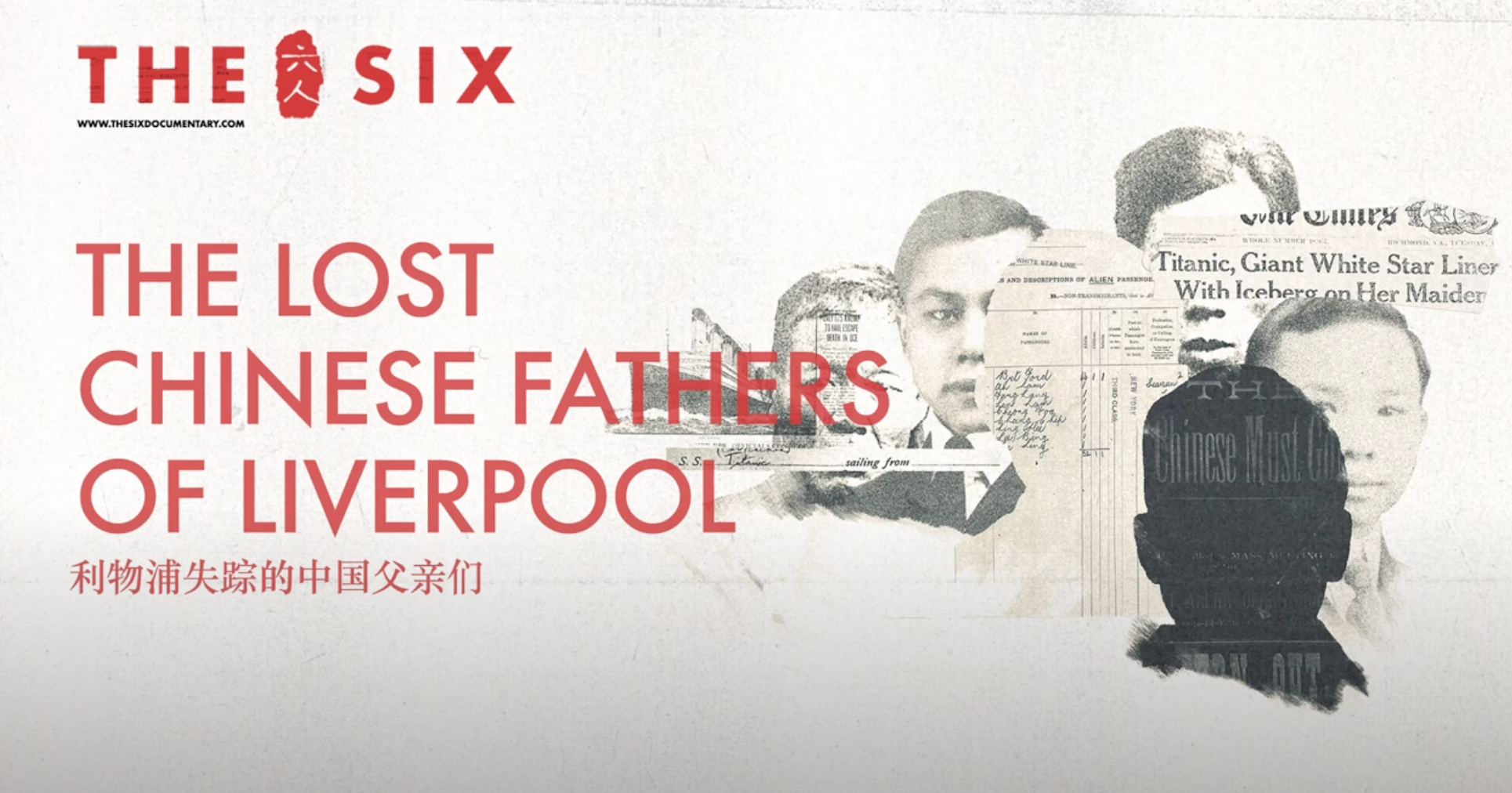Chinatown Liverpool Origins: 160 Years of History
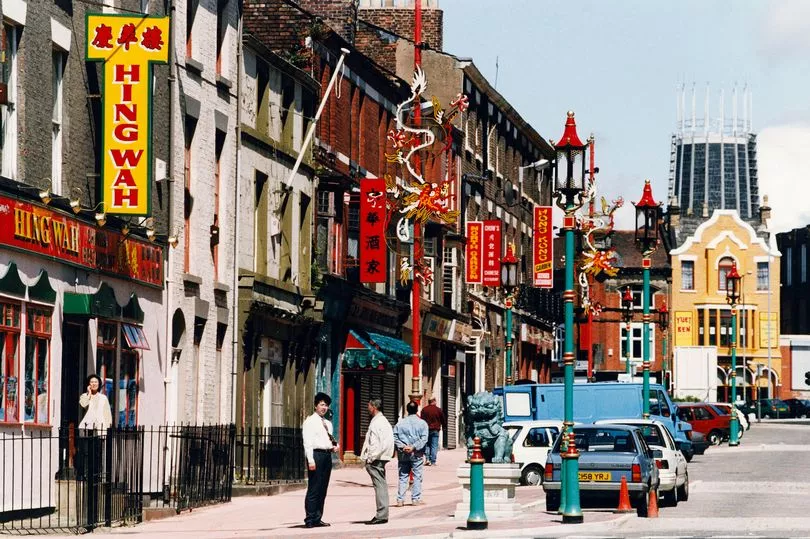
Chinatown Liverpool Origins: 160 Years of History
Liverpool has long been home to the oldest Chinatown in Europe. Its story begins nearly two centuries ago, shaped by trade, migration, resilience, and cultural exchange.
The First Links with China
In 1834, the revision of the East India Company’s charter opened up trade with China to private enterprise. That year, the first direct vessel from China arrived at Liverpool. Soon, trade routes between Shanghai and Liverpool flourished, and with them, a Chinese community began to form.
The first wave of Chinese immigrants arrived in 1866 when the Blue Funnel Shipping Line—a branch of the Holt Ocean Steamship Company—began running steamers directly between Liverpool and China. Large numbers of Chinese seamen were employed, and Holt’s offices in Nelson Street (now the site of the New Capital restaurant) became the heart of this exchange. Silk and cotton were the main goods traded.
Building a Community
From the 1890s onwards, Chinese sailors who had “jumped ship” began setting up businesses to serve fellow countrymen who found themselves in a foreign city with an unfamiliar language. Boarding houses, cafés, and shops sprang up near the docks in Cleveland Square—close to what is now Liverpool One.
One of the first Chinese shops opened on Pitt Street. By 1906, a City Council report recorded forty-nine laundries, thirteen boarding houses, and seven shops run by the Chinese community.
Marriage between Chinese sailors and local women, particularly Irish Catholic women, became increasingly common. These unions laid the foundations of many families who still live in Merseyside today.
War and Upheaval
By World War One, around 1,500 Chinese seamen were based in Liverpool, with 6,000 serving across the British Merchant Navy. After the war, the community expanded further inland into Cornwallis Street, Dickenson Street, Kent Street, and Greetham Street.
The 1930s brought demolition schemes that displaced families from Chinatown, and the Blitz in the 1940s destroyed much of Pitt Street and Cleveland Square. The community shifted further inland to Nelson Street, Great George Street, and Berry Street.
During World War Two, as many as 20,000 Chinese sailors passed through Liverpool. They faced dangerous conditions at sea, lower pay than local sailors, and in 1942 went on strike for equal treatment. They eventually won some parity but were marked as “troublemakers.”
In 1945, around 1,400 Chinese seamen were forcibly deported—separated from families and branded as “undesirable.” Many descendants of these men continue to live in Liverpool today, carrying the memory of this injustice.
Renewal and Growth
Despite upheaval, the post-war years saw resilience. A Chinese newspaper and a bank were established in the 1940s, followed by the Chinese Gospel Mission in 1956. By the late 1950s, immigration shifted, with arrivals now mainly from Hong Kong’s New Territories, and women and children forming part of the new wave.
Nelson Street became the new hub of Chinatown during the 1960s and 70s, with businesses spreading into Berry Street, Duke Street, and Upper Pitt Street.
Chinatown Today
While the community associations remain in Nelson Street, many Chinese families have moved into Liverpool’s suburbs. Today, Chinese-owned restaurants and businesses can be found across the city. The younger British-born generation is moving beyond traditional industries, contributing across commerce, culture, and industry.
Liverpool’s Chinatown remains a place of heritage and pride—rooted in 160 years of resilience, built on hard work, and carried forward by new generations determined to protect its legacy.
Image: MirrorPix


